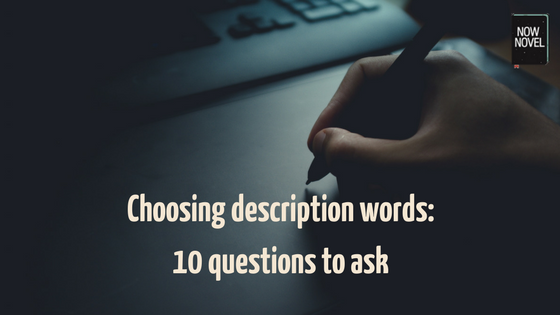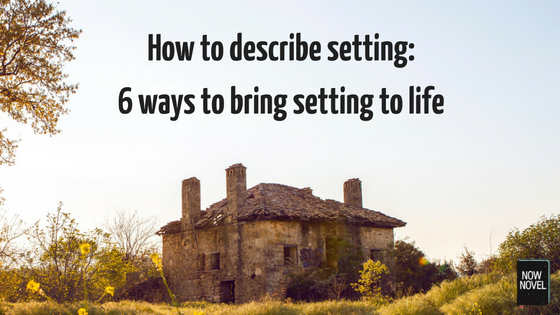Think back to the first time you met someone you now know well. Can you remember what you noticed about them first? Describing characters’ first appearances effectively is key to building characters who linger in the mind. Here are 6 tips on how to describe your characters at first introduction:









